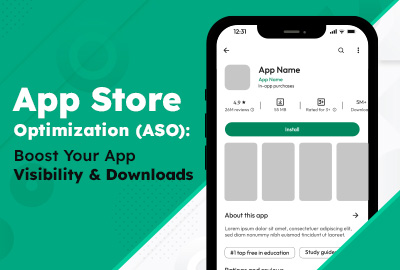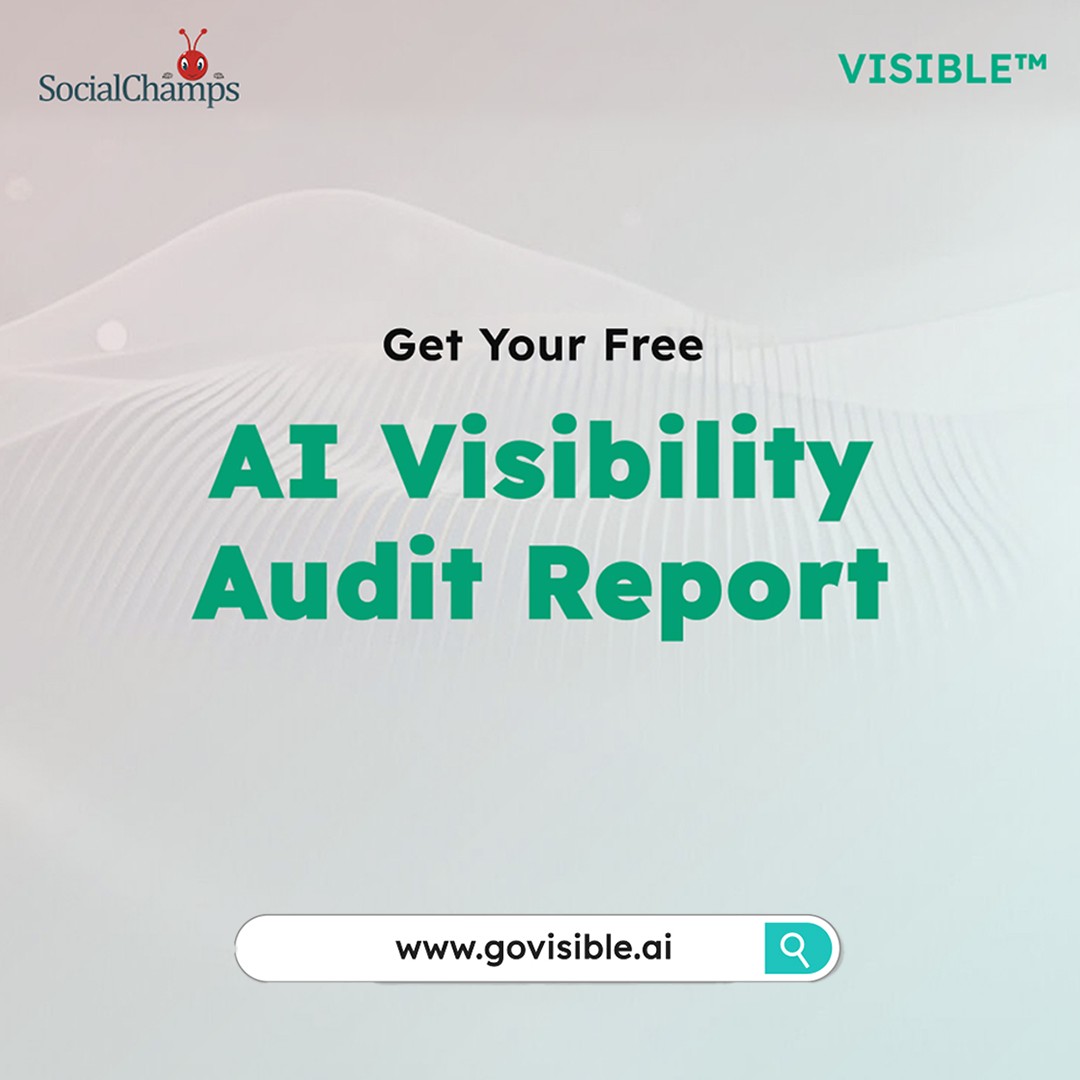This post is a continuation of our series of “Comprehensive Guide to Mobile App Marketing“.
In the competitive world of mobile apps, standing out in the crowded app stores is a major challenge. App Store Optimization (ASO) is your secret weapon to improve your app’s visibility, increase downloads, and attract loyal users. This guide will take you through the key aspects of ASO, ensuring your app is well-positioned to succeed.
Understanding App Store Optimization (ASO)
App Store Optimization is the process of optimizing mobile apps to rank higher in an app store’s search results. The higher your app ranks, the more visible it is to potential users. This increased visibility translates into more traffic to your app’s page, ultimately leading to more downloads.
Keyword Research: The Foundation of ASO
Keyword research is crucial in ASO. Identifying the right keywords can significantly impact your app’s discoverability. Here’s how to do it effectively:
- Identify Core Keywords: Think about the words and phrases your target audience is likely to use when searching for an app like yours. Use tools like Google Keyword Planner, App Annie, and Sensor Tower to find relevant keywords.
- Analyze Competitors: Study the keywords your competitors are using. This can provide insights into what works and what doesn’t in your niche.
- Long-Tail Keywords: While short, popular keywords are essential, don’t ignore long-tail keywords. These are less competitive and can drive targeted traffic to your app.
- Monitor and Update: ASO is not a one-time task. Continuously monitor keyword performance and update your list based on trends and user behavior.
Optimizing App Titles and Descriptions
Your app’s title and description play a significant role in ASO. They should be clear, compelling, and keyword-rich.
- App Title: Your title should be unique, memorable, and include your primary keyword. Aim for a balance between being descriptive and catchy.
- Short Description: This appears directly below your app’s title in the search results. Make it compelling and include a strong call to action.
- Long Description: This is where you can go into detail about your app’s features, benefits, and unique selling points. Use this space to incorporate secondary keywords naturally.
- Localized Descriptions: If your app is available in multiple languages, provide localized descriptions. This can help reach a broader audience.
The Importance of Reviews and Ratings
Positive reviews and high ratings are crucial for ASO. They influence both your app’s ranking and users’ decision to download. Here’s how to encourage positive feedback:
- In-App Prompts: Prompt users to rate your app at strategic points, such as after completing a task or achieving a milestone.
- Respond to Feedback: Engage with users by responding to reviews. Address negative feedback constructively and thank users for positive reviews.
- Regular Updates: Keep your app updated with new features and bug fixes. This shows users that you’re committed to improving their experience.
- Encourage User Reviews: Use in-app notifications, emails, or social media to encourage satisfied users to leave reviews.
A/B Testing: Optimize Through Experimentation
A/B testing is a powerful tool in ASO. By testing different elements of your app store listing, you can identify what resonates best with your audience.
- Test App Icons: Your app icon is the first thing users see. Test different designs to see which one attracts more clicks.
- Screenshots and Videos: Visuals play a crucial role in convincing users to download. Experiment with different screenshots and video previews to highlight your app’s best features.
- Descriptions: Test different versions of your short and long descriptions to see which ones lead to higher conversion rates.
- Call to Actions: Experiment with different call to actions in your descriptions to find the most effective phrasing.
ASO Tools: Enhance Your Optimization Efforts
Several tools can assist you in your ASO journey, providing valuable insights and helping you stay ahead of the competition.
- App Annie: Offers comprehensive data on app performance, market trends, and competitor analysis.
- Sensor Tower: Provides keyword research, tracking, and competitive analysis to enhance your ASO strategy.
- SplitMetrics: A/B testing platform that allows you to test various elements of your app store listing.
- Google Keyword Planner: Essential for identifying relevant keywords and understanding search volumes.
Conclusion: Mastering ASO for App Success
App Store Optimization is a continuous process that requires careful planning, regular updates, and constant monitoring. By focusing on keyword research, optimizing your app’s title and description, encouraging positive reviews, and leveraging A/B testing, you can significantly improve your app’s visibility and downloads.
Remember, ASO is not just about increasing downloads; it’s about attracting the right users who will engage with your app and contribute to its long-term success. With a well-executed ASO strategy, your app can achieve sustained growth and stand out in the competitive app market.
If you are looking for more ways of Mobile App User Acquisition Strategies refer to this.





0 Comments